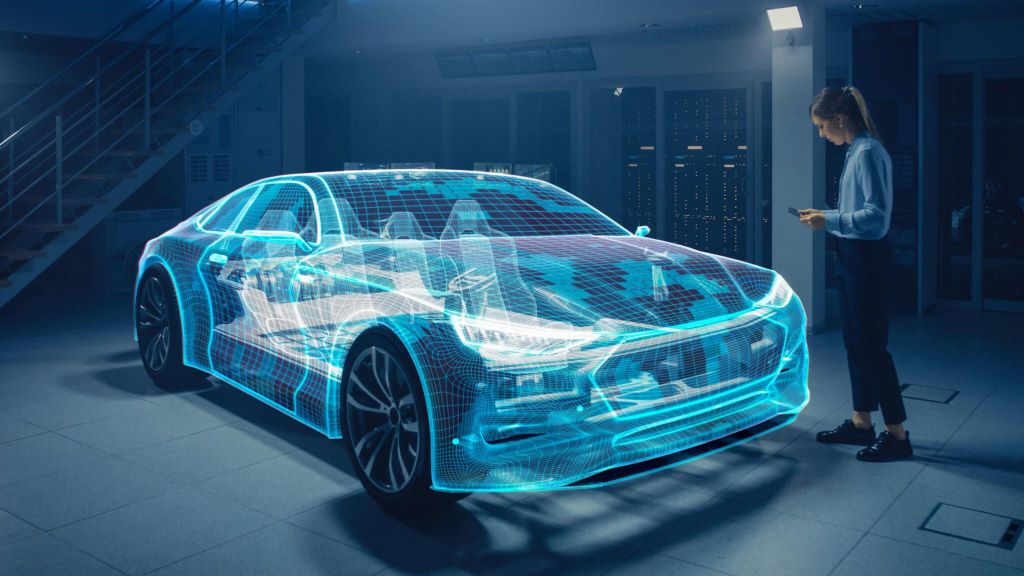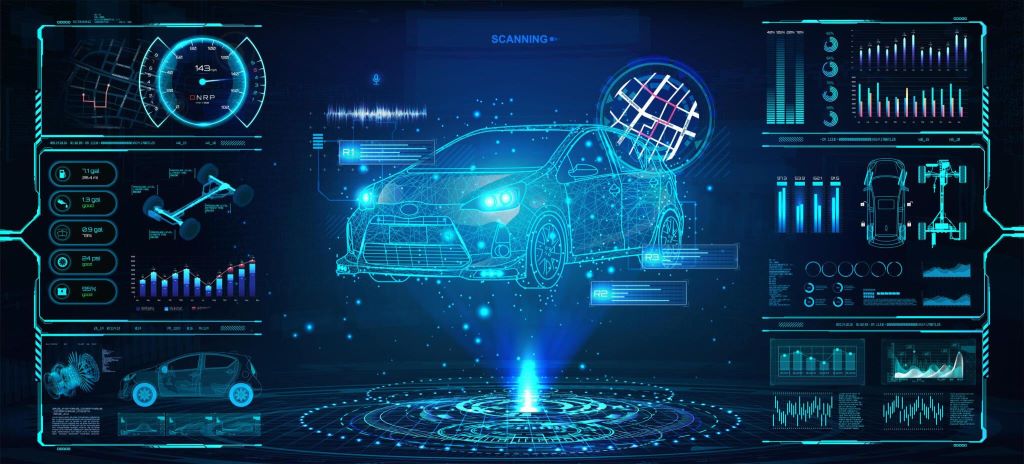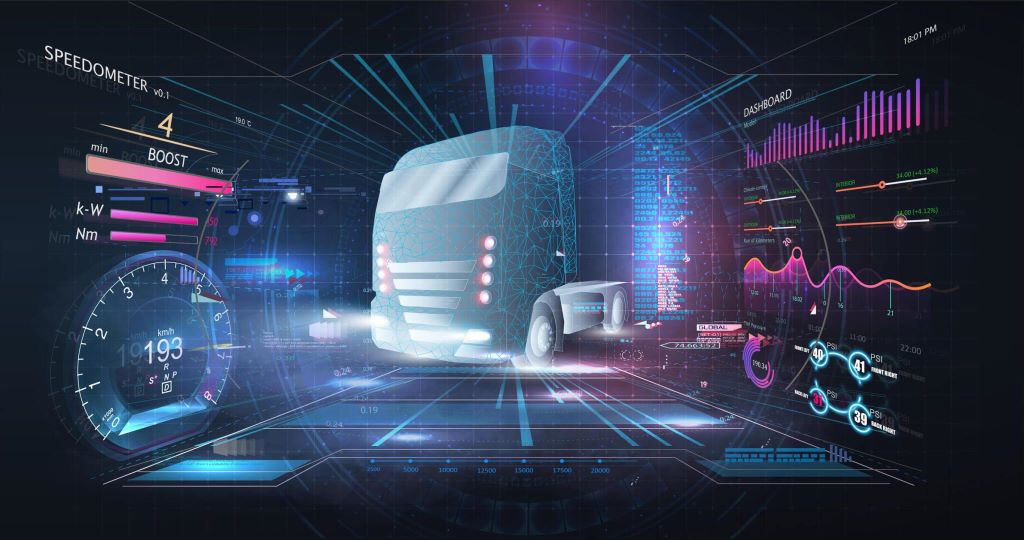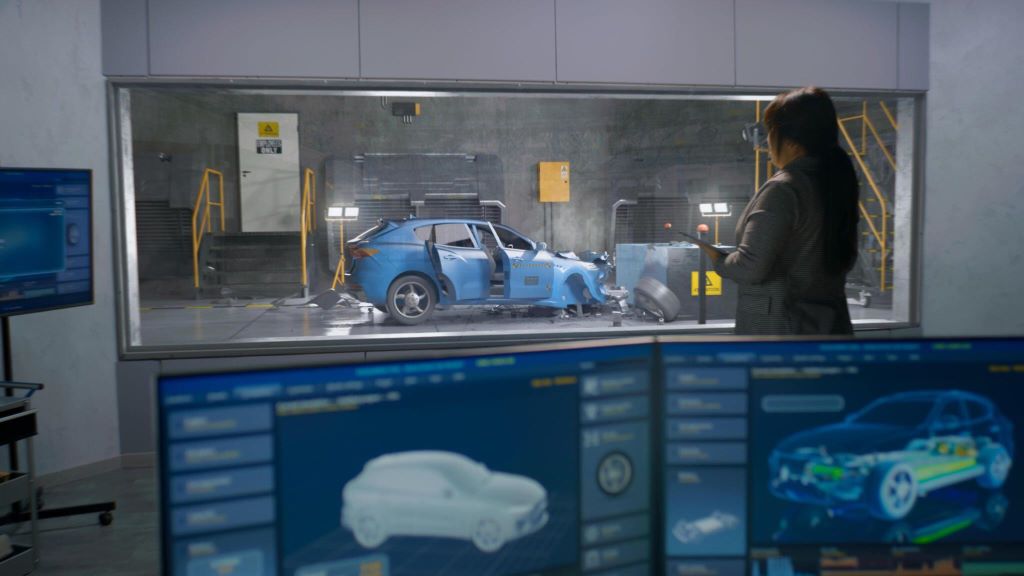In the automotive industry, design excellence is paramount. From concept cars to production models, the ability to convey the essence of a vehicle’s design plays a crucial role in captivating consumers and shaping brand identity.
In the fast-paced world of automotive design, achieving design excellence is paramount. Every curve, contour, and detail must seamlessly blend to create vehicles that not only perform admirably but also captivate the imagination.
In this pursuit, the integration of 3D architectural animation has revolutionized automotive visualization, reshaping how designers conceptualize, present, and refine their creations.
One of the most effective tools in achieving this goal is 3D architectural animation. In this article, we explore the profound impact of 3D architectural animation on automotive visualization, examining its role in driving design excellence and captivating audiences worldwide.
The Evolution of Automotive Visualization
The Evolution of Automotive Visualization marks a transformative journey in the automotive industry, where traditional methods of conveying design concepts have given way to innovative digital techniques.
From Sketches to Sophistication
Gone are the days when automotive design was conveyed solely through sketches and physical prototypes. As technology has advanced, so too have the methods for visualizing automotive concepts.
The evolution of computer-aided design (CAD) and rendering software has revolutionized the way designers conceptualize and present their ideas. However, it is 3D architectural animation that has emerged as a game-changer in the field of automotive visualization.

The Rise of 3D Architectural Animation
In recent years, 3D architectural animation has become an indispensable tool for automotive designers and marketers alike. By harnessing the power of computer-generated imagery (CGI) and animation techniques, designers can bring their concepts to life in ways never before possible.
From exploring exterior contours to showcasing interior features, 3D architectural animation offers unparalleled realism and immersion, enabling viewers to experience a vehicle’s design in stunning detail.
Exploring the Benefits of 3D Architectural Animation
Exploring the benefits of 3D architectural animation unveils a realm of possibilities for architects, designers, and clients alike. This cutting-edge technology allows for the creation of immersive, lifelike representations of architectural designs, enabling stakeholders to visualize and understand spatial concepts with unprecedented clarity.
Enhanced Visualization and Realism
One of the primary advantages of 3D architectural animation is its ability to provide enhanced visualization and realism. Unlike traditional renderings or photographs, which may lack depth and dynamism, 3D animations allow viewers to explore every angle and detail of a vehicle’s design.
From the curvature of the body panels to the intricacies of the interior cabin, 3D architectural animation delivers a level of fidelity that is unparalleled in static imagery.

Dynamic Presentation and Engagement
Another key benefit of 3D architectural animation is its dynamic presentation and engagement capabilities. By animating key features and functionalities, designers can effectively communicate the unique selling points of a vehicle in a compelling and interactive manner.
Whether it’s highlighting innovative technology, showcasing performance capabilities, or demonstrating safety features, 3D animation captivates audiences and fosters deeper engagement with the brand.
Iterative Design and Rapid Prototyping
3D architectural animation also facilitates iterative design and rapid prototyping, enabling designers to explore multiple iterations and variations quickly. By digitally modeling different design concepts, designers can evaluate aesthetics, ergonomics, and functionality before committing to physical prototypes.
This iterative approach not only accelerates the design process but also minimizes costs and resource requirements associated with traditional prototyping methods.
Applications of 3D Architectural Animation in Automotive Design
Applications of 3D architectural animation in automotive design encompass a wide array of uses, ranging from concept visualization to marketing and training. Designers leverage this technology to bring their ideas to life, exploring various design directions and refining aesthetic details.
Vehicles Are Reshaping the 3D architectural automotive experience” encapsulates the evolving dynamics between automotive design and 3D animation technologies. With the advancement of automotive design intricacies and the growing demand for immersive experiences, 3D architectural animation finds itself increasingly intertwined with the automotive industry.
Concept Visualization and Development
3D architectural animation plays a pivotal role in visualizing automotive concepts from initial ideation to final production. Designers can use animation to explore various design directions, experiment with color schemes and materials, and refine aesthetic details.
By visualizing concepts in a virtual environment, designers can iterate more efficiently and make informed decisions that align with the brand’s vision and objectives.
Marketing and Brand Promotion
Beyond the design phase, 3D architectural animation serves as a powerful tool for marketing and brand promotion. Automotive manufacturers leverage animation to create captivating promotional videos, interactive presentations, and immersive experiences that showcase their latest models and innovations.

From online configurators to virtual showroom experiences, 3D animation enables consumers to engage with the brand on a deeper level and envision themselves behind the wheel of their dream vehicle.
Product Demonstrations and Training
In addition to marketing and promotion, 3D architectural animation is also used for product demonstrations and training purposes. Automotive manufacturers can create interactive tutorials, instructional videos, and virtual simulations to educate customers, dealers, and service technicians about vehicle features, maintenance procedures, and safety protocols.
By providing engaging and informative content, manufacturers enhance the overall ownership experience and foster customer loyalty and satisfaction.
Conclusion
3D architectural animation has revolutionized automotive visualization, enabling designers and marketers to drive design excellence and captivate audiences with stunning visuals and immersive experiences.
From concept visualization to marketing and brand promotion, 3D animation plays a central role in shaping the future of automotive design and innovation. As technology continues to advance, the possibilities for automotive visualization are limitless, offering exciting opportunities for creativity, collaboration, and consumer engagement in the dynamic world of automotive design.










